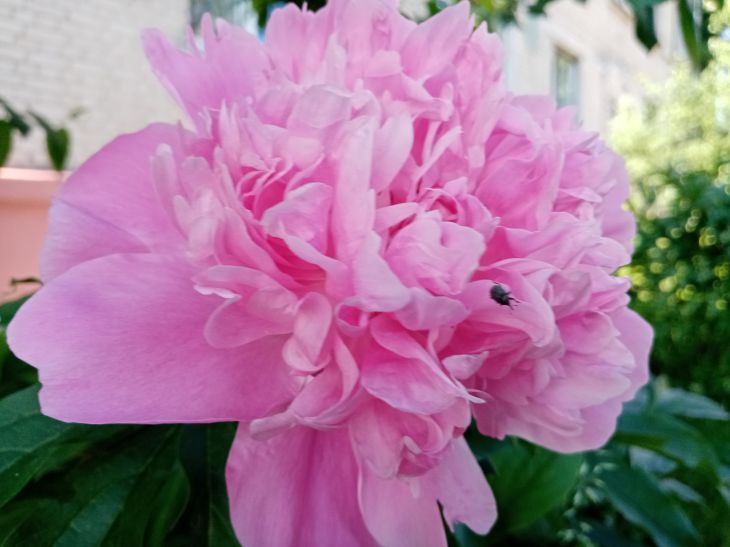Peonies can grow in one place for up to 15 years, but sometimes require replanting.
Transplanting peonies in the fall is an important and responsible process that must be carried out in compliance with certain rules.
When to transplant peonies in the fall
Replanting peonies in the fall should be done at the optimal time so that the plants have time to adapt to the new location and are not damaged by frost, notes landscape designer and agronomist Anastasia Kovrizhnykh , an expert of the online publication BelNovosti.
The most suitable period for transplanting peonies is September-October. At this time, peonies have already completed their vegetative cycle and are preparing for winter.
Replanting peonies in late summer or early fall gives them a chance to form new roots and get stronger before the cold weather sets in.
How to Choose a Place to Plant Peonies

Peonies love sunny and draft-free places. They do not tolerate shading and excess moisture. Therefore, for planting peonies, you need to choose spacious, well-lit and moderately moist areas. The soil for peonies should be fertile, loose, drained and slightly acidic.
It is desirable that no other crops grow in the planting area for 3-4 years. Peonies do not like proximity to trees and shrubs, which can create shade for them and take away nutrients. Therefore, peonies should be kept away from such plants.
How to Properly Transplant Peonies in the Fall
Transplanting peonies in autumn consists of several stages:
Preparing the planting hole
At the chosen location, you need to dig a hole measuring 50x50x50 cm. To ensure drainage, you need to lay a layer of expanded clay or crushed stone at the bottom of the hole, which should be at least 10-15 cm thick.
Then you need to mix the top layer of soil with compost or humus and add mineral fertilizers. For example, you can use superphosphate (100 g), potassium salt (50 g) and dolomite flour (200 g) per hole. The resulting mixture should be filled with a hole to 2/3 of its height.
Preparing the divisions
To transplant peonies, you need to choose healthy and strong plants that are at least 4 years old. To transplant a peony, you first need to shorten its stems and leaves to 10-15 cm above the rhizome.
Then you need to carefully dig up the plant without damaging the roots. The rhizome needs to be cleared of soil and divided into divisions.
Each division should have 3-5 growth buds and several roots. The divisions should be treated with a solution of potassium permanganate or garden pitch to prevent infection by fungi and bacteria.
Planting of cuttings
The cuttings need to be planted in prepared holes so that the growth buds are at the level of the soil surface or slightly lower.
The buds should not be buried too deeply, as this may result in late or weak flowering. The divisions should be spaced 80-100 cm apart. The plants should be well watered and the soil compacted around the roots after planting.
Caring for peonies after transplantation
After transplanting, peonies need to be protected from frost and drying out of the soil. To do this, cover the plants with dry leaves, straw or sawdust to a height of 10-15 cm. The cover should be removed in early spring, when the first shoots appear.
During the year after transplanting, peonies need to be regularly watered, weeded, loosened and fed.
The first flowering of peonies after transplantation may be weak or absent altogether, but over time they will adapt to the new conditions and will delight you with their beauty.








